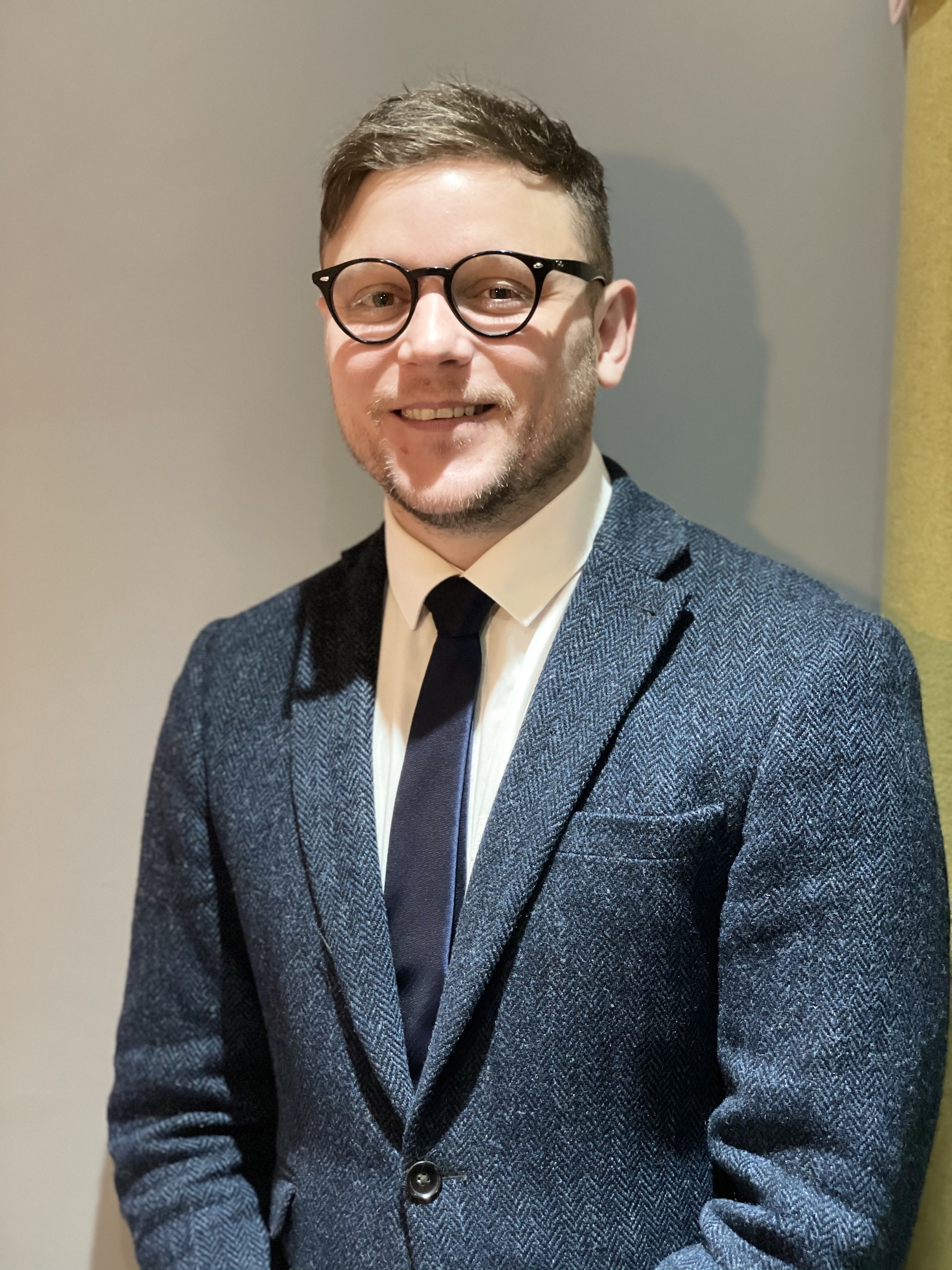
Gary Neill shares his vision for active travel infrastructure
Join other savvy professionals just like you at CIHT. We are committed to fulfilling your professional development needs throughout your career

Photo of Gary Neill
The Footways and Cycletrack Management Group (FCMG) consists of representatives from highways authorities, national governments, research bodies, technical consultancies and stakeholder groups. Our primary objective is to champion the role of good asset management and maintenance practices in realising the benefits of active travel.
As well as identifying, developing and disseminating best practice in the field of footway and cycletrack design, construction, maintenance and management, we also steer innovative research and monitor information needs for the asset management of active travel infrastructure. Our core focus is summed up by a principle from the government’s “Gear Change” strategy: “As important as building a route itself is maintaining it properly afterwards.”
Now that active travel is at the top of the agenda in highways and transportation, a key focus for the group is looking at how serviceability can be improved to enable greater use of footways and cycleways over the whole service life of the infrastructure.
The FCMG works with other groups within the UKRLG to disseminate best practice effectively. We have a UK-wide focus, and my appointment as the first chair of the group not from an English local authority reinforces this broader perspective. We are currently consulting with local authorities and other stakeholders to establish our priorities. We will report back on that in a future edition of Transportation Professional.
That said, the main priority for the sector is undoubtedly increasing levels of active travel and making these routes attractive, accessible, safe and comfortable. That means having clearly defined walking and cycling routes, and ensuring that maintenance regimes (and funding) are in place. In England, the establishment of Active Travel England (ATE) and the increased funding for local authorities to develop walking and cycling networks presents a welcome opportunity, and we will engage with ATE to make sure maintenance is not forgotten.
Our business plan identifies a number of potential tasks, including: cycle risk assessment guidance for defect and safety inspections; a review of technology-based survey methods; a review of the national cost of pedestrian and cycle accidents; risk-based lifecycle modelling for footways and cycleways; and reinstatement standards for cycle infrastructure.
Further information
Learn more about the FCMG at: ukrlg.ciht.org.uk/ukrlg-home/ukrlg-boards-governance
Who is Gary Neill?
“I’m an incorporated engineer and manager with 17 years’ experience working as a civil engineer in local government.
“In that time, I’ve built up my expertise in road maintenance, including winter maintenance, road asset management and street works. Currently, alongside my busy work life, I’m studying for a business management degree at the University of Strathclyde.
“Through my role as an engineer, I have developed a passion for using data to further the sector, especially at the local level. This approach can help to optimise our resources, especially in asset management. At the minute, this is not fully taken advantage of, and it needs to be a priority.”
{{item.AuthorName}} {{item.AuthorName}} says on {{item.DateFormattedString}}: